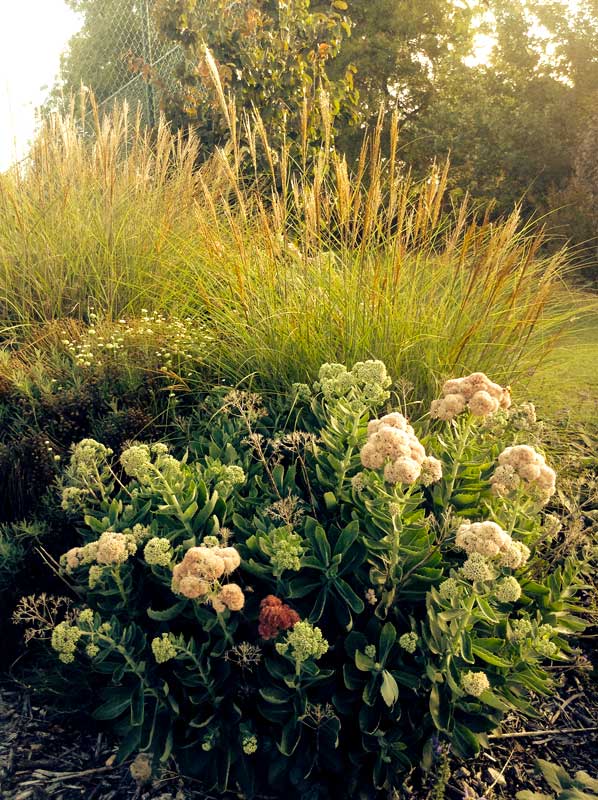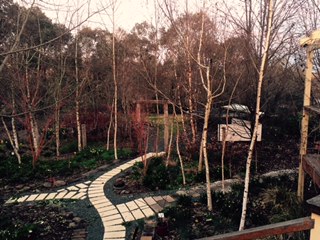The onset of spring kickstarts dormant and deciduous plants into life ready for the summer season ahead. Most plants in my garden benefit from a severe “haircut” removing last season’s growth and any dead foliage and encouraging new growth

Spring haircuts also encourage new growth over spring and summer which come into play over winter. This is most beneficial for plants that produce colourful stems, such as, dogwood. The dogwood shrub’s main feature is the stunning red stems that add extra colour to a winter garden, especially in contrast to the stark white paper barks of the English birch. The more stems that are produced over summer, the more impressive display of red stems.

This is an important annual job for the perennials in my garden. Perennials are an important feature in my garden adding colour, texture and structure to my garden beds in all seasons. For some plants, I purposely do not remove last season’s growth until the very end of winter, especially if the dead foliage provides structure to the garden. For instance, grasses and sedums produce decorative seed heads that often look great on a frosty but sunny winter’s morning. Also, for some plants, leaving last season’s growth over winter helps protect any new season’s growth from late frosts.

Removing last season’s growth and taking the plant back to ground level gives me the chance to divide the plant if it is old enough and suitable for plant division. A established perennial produces an ever widening clump, with new growth at the edge of the clump and the centre dying out. Dividing the original perennial clump into several small sections is a cost effective way to increase the numbers of plants in my garden and goes towards to creating more visually pleasing landscape by using multiple plantings of a single species.

Recent Comments